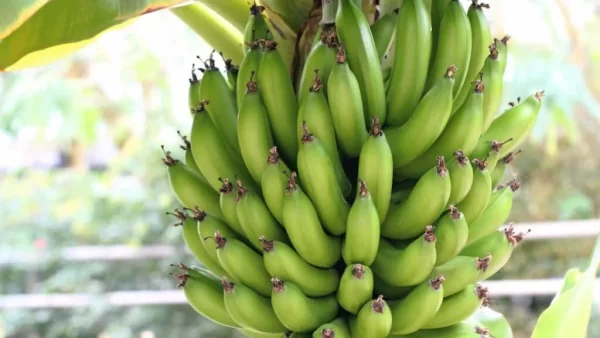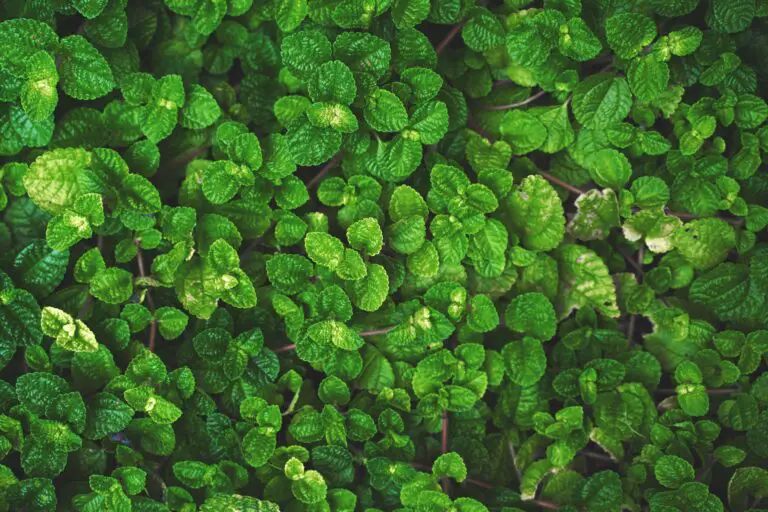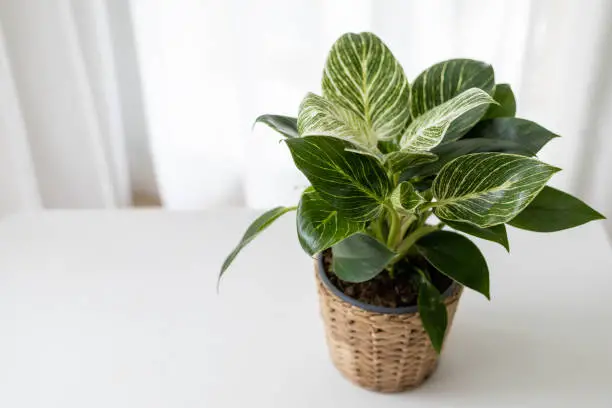Dwarf Cavendish Banana: An All-time Favorite Tropical Fruit

With the ever-growing interest in home gardening and sustainable practices, the Dwarf Cavendish Banana has become a popular choice among fruit enthusiasts. Known for its compact growth and plentiful yield, it’s a perfect choice for those looking to bring a touch of the tropics to their backyard or indoors. This article will explore the history, cultivation, and nutritional benefits of the Dwarf Cavendish Banana.
History and Overview of Dwarf Cavendish Banana
The Dwarf Cavendish Banana, also known as Musa ‘Dwarf Cavendish’, originates from the Cavendish subgroup of banana cultivars named after Sir Henry Cavendish, a British horticulturist who first received and grew the plants in the early 19th century. Today, this variety makes up a significant portion of commercially grown bananas globally.
Characteristics of the Dwarf Cavendish Banana
What distinguishes the Dwarf Cavendish Banana from other cultivars is its size. While a typical banana tree can grow up to 25 feet, the Dwarf Cavendish usually tops out at around 6 to 10 feet, making it ideal for container gardening or limited space.
Growing and Care for Dwarf Cavendish Banana
Growing a Dwarf Cavendish Banana tree isn’t overly complicated, but it requires specific care to ensure it thrives. It needs a tropical or subtropical climate, well-drained soil, and plenty of sunlight. Regular watering and periodic fertilizing will ensure a bountiful harvest.
Nutritional Benefits of Dwarf Cavendish Banana
Aside from its visual appeal and delectable fruit, the Dwarf Cavendish Banana also offers substantial nutritional benefits. Each banana is a powerhouse of essential nutrients like potassium, vitamin C, and dietary fiber.
Threats to Dwarf Cavendish Banana and Ongoing Research
However, the story of the Dwarf Cavendish Banana is not without challenges. The strain is under threat from a new variant of Panama disease, known as Tropical Race 4 (TR4), which it’s not resistant to. Researchers worldwide are working diligently to develop disease-resistant strains.
Dwarf Cavendish Banana in Global Cuisines
Selective breeding over the years has resulted in this fruit’s characteristic sweetness, creaminess, and size that is perfect for a snack. In the process, it has also become an integral part of many global cuisines, from banana bread in America to pisang goreng (fried banana) in Indonesia.
Decorative Uses of Dwarf Cavendish Banana
Furthermore, Dwarf Cavendish Banana has been gaining popularity as a decorative plant. Its lush, broad, and high-gloss leaves lend an exotic touch to gardens and interiors alike.
Therapeutic Applications of Dwarf Cavendish Banana
While it’s a delight to grow and eat, the Dwarf Cavendish Banana also has potential therapeutic applications. It’s a significant source of bioactive compounds such as dopamine and phytosterols, which have antioxidant and anti-inflammatory properties.
Sustainable Cultivation Practices for Dwarf Cavendish Banana
As the popularity of the Dwarf Cavendish Banana grows, it’s essential to highlight sustainable cultivation practices. These include organic farming methods, integrated pest management, and water-efficient systems. Emphasizing these practices is key to ensuring the longevity of this beloved cultivar, the health of our environment, and the well-being of farmers worldwide.
Dwarf Cavendish Banana in Home Gardening
The compact nature of the Dwarf Cavendish Banana makes it perfect for home gardening. Whether you live in a tropical area or a colder climate, these banana trees can adapt. With proper care and the right conditions, you can enjoy the beauty of this plant and its delicious fruit right at home.
Commercial Production of Dwarf Cavendish Banana
On a commercial scale, the Dwarf Cavendish Banana is a critical player in the global fruit market. Countries in Latin America, Africa, and Asia heavily depend on its production and export. While the threat of diseases like the Panama disease Tropical Race 4 (TR4) looms large, ongoing research and international collaboration aim to mitigate these risks and ensure the future of this industry.
Innovation in Dwarf Cavendish Banana Cultivation
The future of Dwarf Cavendish Banana cultivation lies in innovation. From advancements in disease resistance to improvements in cultivation methods, these innovations can transform the way we grow and consume this fruit. They not only protect the cultivar’s future but also contribute to the broader goal of food security.
The Dwarf Cavendish Banana: More than a Fruit
As we delve deeper into the fascinating world of tropical plants and fruit trees, the Dwarf Cavendish Banana plant continues to hold a special place. This dwarf banana tree embodies the perfect balance between aesthetic appeal and culinary delight, producing the widely cherished Cavendish Bananas. As growers, whether at home or commercially, we must recognize the need to cultivate Dwarf Cavendish Banana trees in nutrient-rich soil, where they are protected from adversities like root rot, to enjoy the benefits of these edible bananas.
The resilience and adaptability of the Dwarf Cavendish Banana plants are impressive, making them stand out among other dwarf banana plants. These attributes, combined with the nutrient-dense and delightful fruit they bear, contribute to their growing popularity. However, success with these tropical plants goes beyond just planting and reaping. It requires a commitment to understanding and meeting their unique needs, from appropriate sunlight exposure to water management.
In conclusion, the Dwarf Cavendish Bananas remind us of nature’s bounty and the rewards of attentive gardening. From providing lush greenery to satisfying our cravings for naturally sweet eating bananas, the journey with this unique plant is an exciting adventure. It’s a testament to the vibrant intersection of nature, nutrition, and agriculture, a story beautifully embodied in the Dwarf Cavendish Banana plant.



